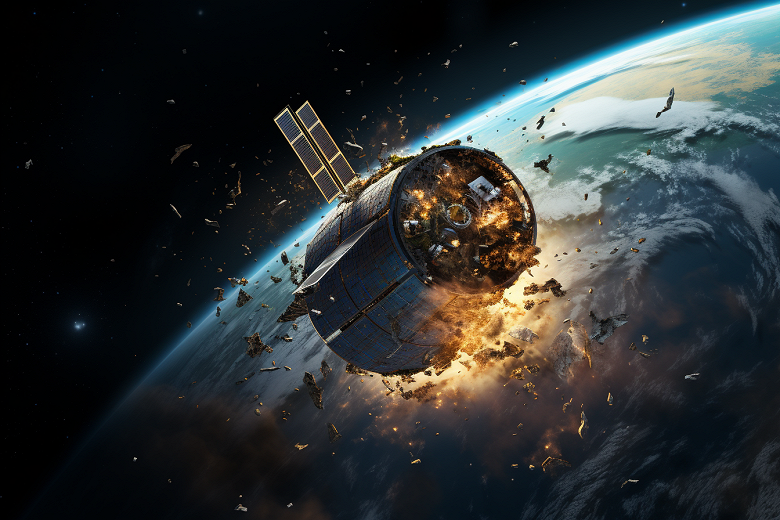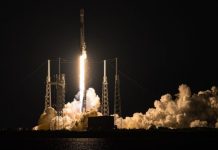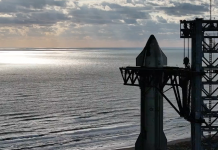Space debris appears to be a growing problem
The European Space Agency (ESA) has shared news about ClearSpace-1, which is positioned as the first mission in history to remove space debris from orbit.

The ClearSpace-1 spacecraft is to capture and safely de-orbit the Vespa upper stage, the payload bay adapter of the Vega light rocket launched in 2013. Vespa is close in size to a small satellite and weighs 112 kg.
the first ever Clearspace-1 mission to remove space debris from orbit has become more complicated

As space tracking systems have discovered, new objects have been discovered near the Vespa. According to the agency, this is most likely space debris resulting from a “super-velocity impact of a small untraceable object” that crashed into the Vespa.
The ESA emphasized:
This event highlights the relevance of the ClearSpace-1 mission. The most significant threat posed by larger debris objects is that they fragment into clouds of smaller objects, each of which can cause significant damage to active satellites. To minimize the incidence of fragmentation, we must urgently reduce the generation of new space debris and begin to actively mitigate the impact of existing objects.
For ClearSpace-1, mission development will continue as planned until more data on the event is collected. A full review will take several weeks.
The launch of the ClearSpace-1 mission is planned for 2026.




